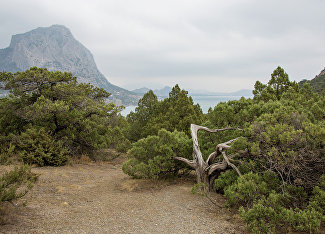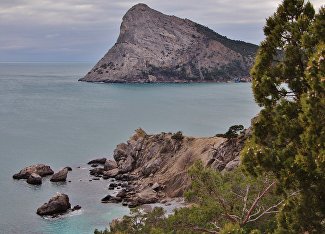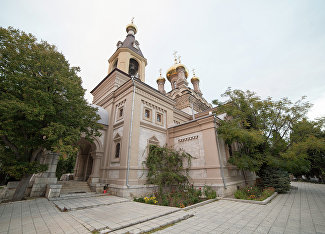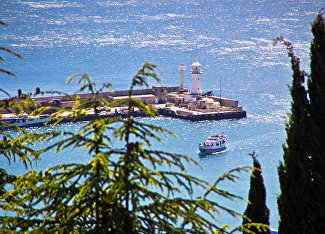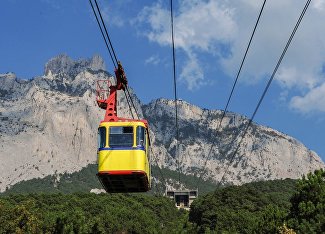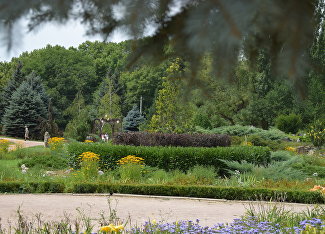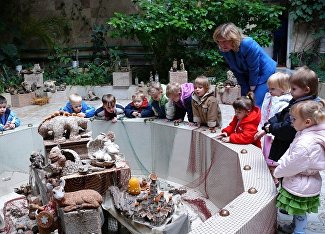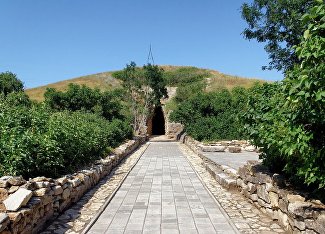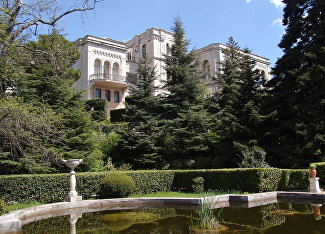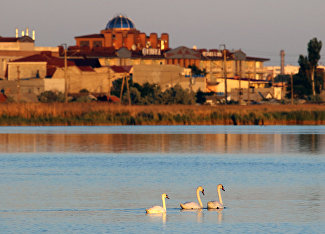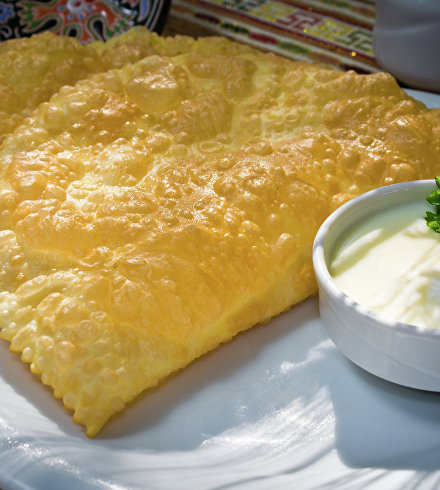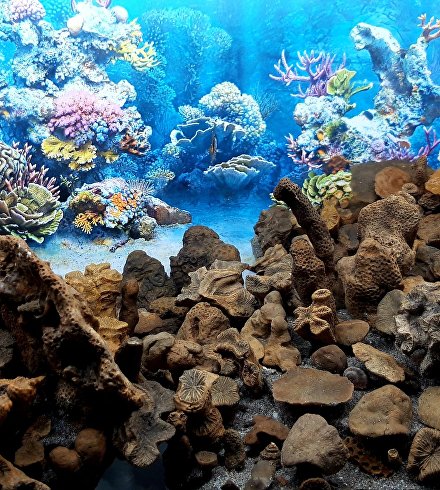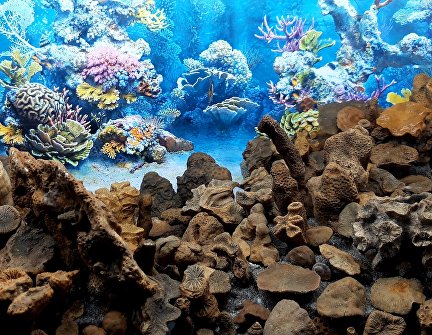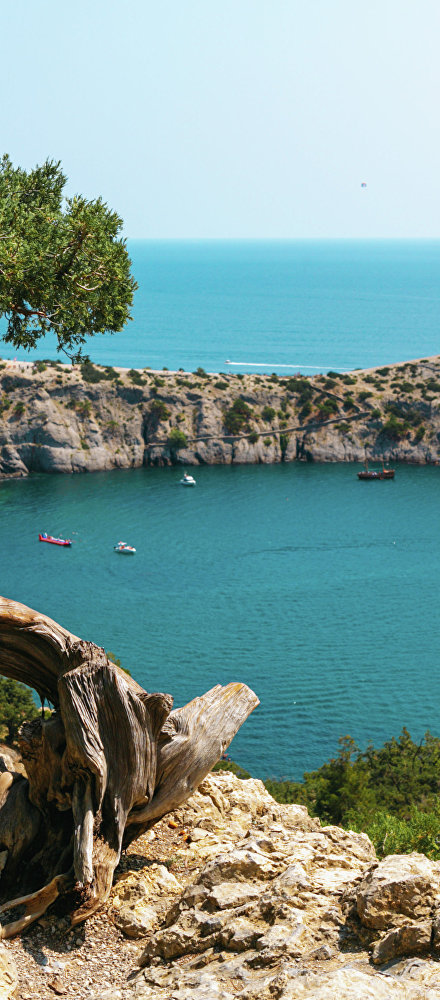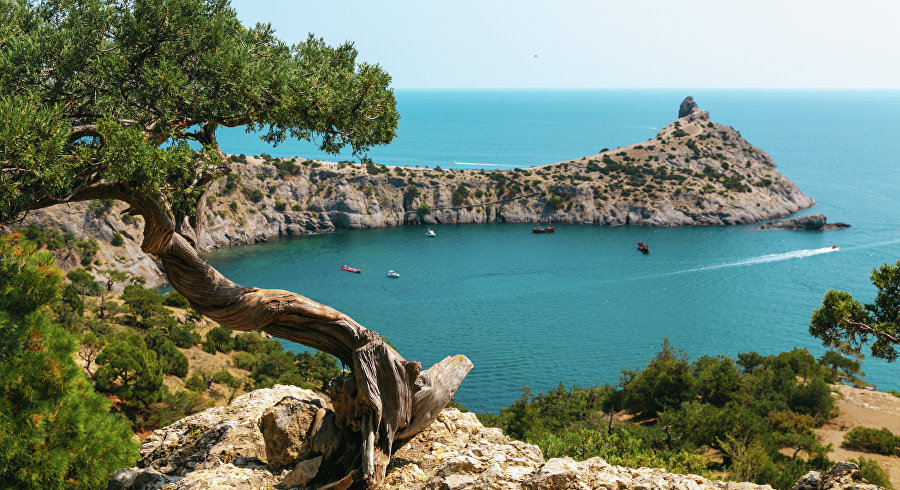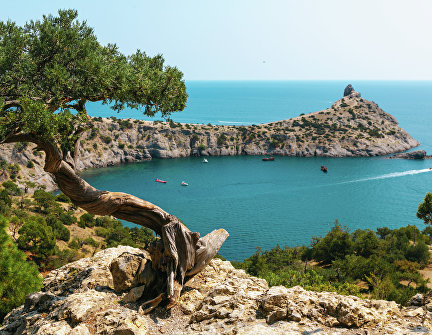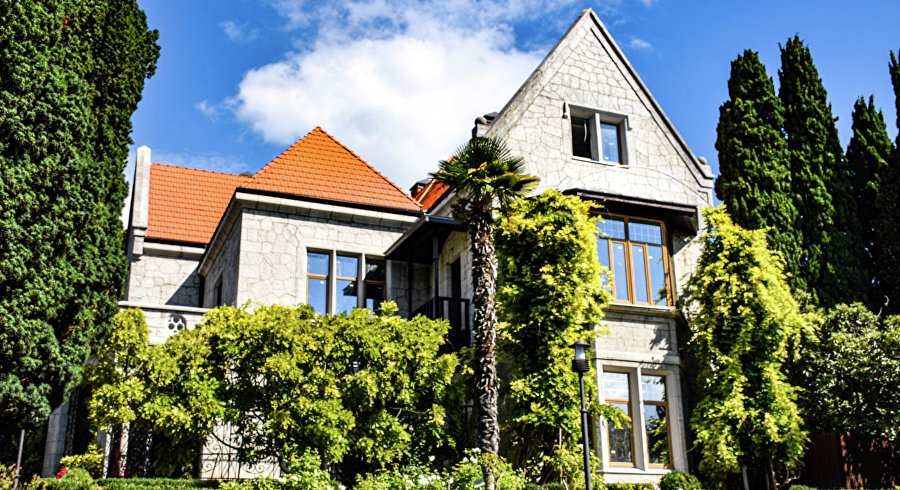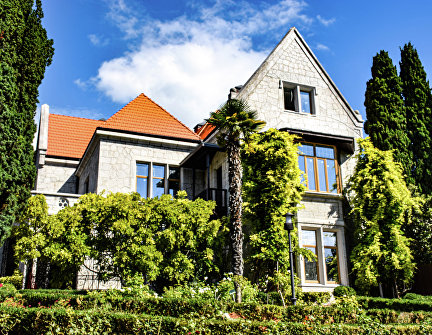The Sun Trail is a great place for a stroll in Greater Yalta. Over six kilometres long, it begins outside the Livadia Palace and ends in Gaspra by the Roza Luxemburg health resort.
In the course of its long history, the trail changed its name several times.
Emperor Nicholas II called it the Horizontal Path. In 1901, acting on the Emperor's instructions, the architect came up with the idea of "6,700 metres of healthy walking" — a trail that would be good for walking and riding and would connect the palace in Livadia and Grand Prince Mikhail's Ai-Todor estate. Following the creation of the trail, the royal nephew and uncle and members of their families could walk to visit one another, enjoying the views of the sea and the mountains on their way. When the estate owners were absent, the Horizontal Path was opened to the public. Shortly, the walks became all the rage and the public began to refer to the path as the Tsar's Path: this name sounded more attractive and meaningful.
In Soviet times, any favourable association with the tsars was considered inappropriate and the path was given a new name — the Sun Trail. This name wasn't ideally suited to the trail, however, as it was mostly shaded by the trees that lined it.
Back then, the Sun Trail became a health route. Since the path has almost no ascents or descents, it was ideal for healthy walks: a stroll along the path allowed Livadia health resort patients to cleanse their lungs and strengthen their heart muscles. The ornately carved stone signs installed at a distance of 100 metres from one another to help patients calculate the distance they had covered have survived to this day, as well as the benches installed along the path.
Other relics of the socialist era that have survived to this day include whatever has remained of a relief map and a sundial — the path is called the Sun Trail, after all — as well as Dzhalita, a stone column with a sculpture of a woman's head on top, which symbolises Yalta.
The main thing that makes the Tsar's Trail so attractive is the opportunity to view stunning landscapes from observation decks. Modern residential developments, some of which sprawl as far as the trail tend to spoil the overall impression a bit but the landscape is still there and the beautiful scenery that once delighted the emperors makes people enjoy the creations of nature and man again and again.
The Tsar's Trail commands a view of the Intercession of the Mother of God Church in Lower Oreanda. Its architecture resembles that of the churches in the South Caucasus. It was built in 1885 by Grand Duke Konstantin Romanov.
The gem of the Tsar's Trail is an old pavilion that looks like a half-rotunda. The semicircle of white stone columns crowned by greenery native to southern Crimea is built into the rock, alluding to Antiquity. The pavilion offers panoramic views of the coast between Mount Ayu-Dag and Mount Koshka in Simeiz.
As soon as the pavilion is left behind, you will see the Krestovaya Cliff, which owes its name to Empress Alexandra, who put up a cross on the edge of the cliff. It was broken in Soviet times but has been restored recently. The vertical rocky slope of the cliff offers a mountaineering route, which ranks as one of the most difficult trails due to its negative tilt.
The Tsar's Trail has several paths that run to other attractions in Greater Yalta, for example, down to the bottom of The Swallow's Nest or up to the newly-built Archistratigus Michael Chapel.
Remarkable archaeological artefacts, such as Taurian cases made of rough-hewn stone blocks fitted together, can be found near the path. According to archaeologists, they served as burial vaults of the Tauri tribes who settled in this area in the Antiquity.
Next to the Tsar's Trail is an old wine vault. It was built into the rock in the 19th century and is still operational. Today, sherry is made here for the Massandra Winery.
You can take a leisurely stroll along the Tsar's Trail at any time of the year. The journey, which is good for both children and elderly people, normally lasts from 90 minutes to 2 hours.

